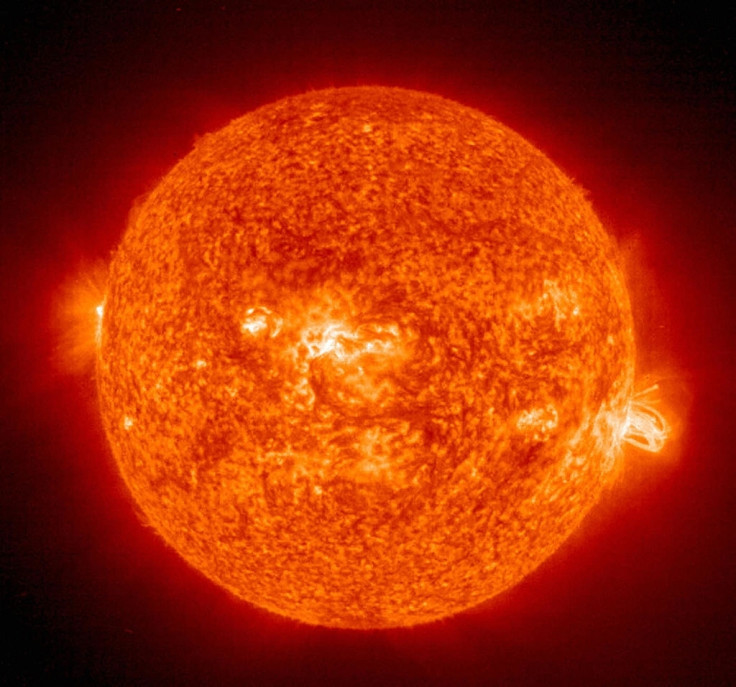Mars witnesses global aurora, high radiation after massive solar storm
The radiation levels were more than the double of anything previously measured by Nasa.

A massive solar storm created a bright global aurora and spiked radiation level on the Martian surface, according to Nasa.
The super-strong solar storm, known as a coronal mass ejection (CME), struck Mars on September 11 and caused the entirety of the red planet to light up in ultra-violet light. The incredibly bright aurora was detected by Nasa's Maven spacecraft and it was 25 times brighter than any previously seen by the probe since 2014.
"When a solar storm hits the Martian atmosphere, it can trigger auroras that light up the whole planet in ultraviolet light. The recent one lit up Mars like a light bulb", said Sonal Jain, a member of the Maven mission. "An aurora on Mars can envelope the entire planet because Mars has no strong magnetic field like Earth's to concentrate the aurora near polar regions."
But, the recent massive storm didn't just spark a bright aurora, it also produced an extremely high amount of radiation on the Martian surface – something that could have posed a significant danger to humans exploring the Red Planet, if there were any.
Curiosity rover's Radiation Assessment Detector (RAD) read surface radiation for more than two days and found its intensity was more than the double of anything the probe had measured ever since landing on Mars in 2012.
The solar storm triggering this event was so strong that its activity was even detected on Earth, which was on the opposite side of the Sun during the event. CME, according to Nasa, occurs occasionally when the Sun emits charged particles with high density, energy, and speed.

Clearly, government agencies and private space-faring giants would want to consider these activities to ensure crew safety before launching missions to inhabit our neighbouring planet.
Nasa notes, the latest findings "will improve our understanding of how such solar events affect the Martian environment, from the top of the atmosphere all the way down to the surface."
"If you were outdoors on a Mars walk and learned that an event like this was imminent, you would definitely want to take shelter, just as you would if you were on a spacewalk outside the International Space Station," said RAD Principal Investigator Don Hassler of the Southwest Research Institute's Boulder, Colorado, office.
"To protect our astronauts on Mars in the future, we need to continue to provide this type of space weather monitoring there."
© Copyright IBTimes 2025. All rights reserved.





















